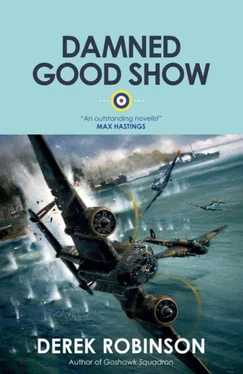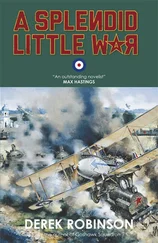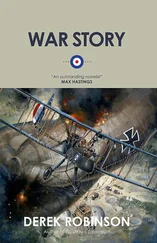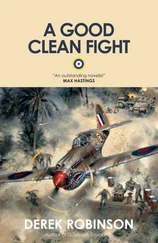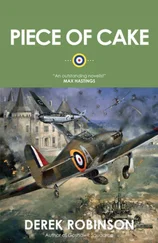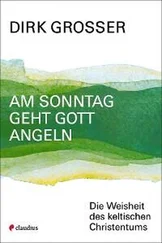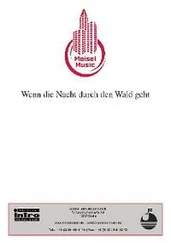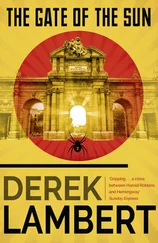“There you are, then.”
“Come to think of it, it was Cologne.”
“Stop babbling, and put your hat on. You’re driving us to Kensington, to leave the baby, and then we’re going to Richmond for lunch.”
He held a record. “‘Embraceable You,’” he said. “I bet Tony gave you this.”
She put his hat on his head, backward. “Do buck up. Men are so slow.”
The hotel at Richmond was on the river. They had lunch in the garden. The air was pleasantly mild: autumn was late that year. Silk looked at the clear blue sky and thought: Mist tonight , and immediately put the thought aside. Not his problem.
He asked the waitress, “What do you recommend?”
“Well,” she said. “Nobody’s complained about the rabbit casserole.” They ordered rabbit and bottled Bass.
“This place has gone downhill,” Zoë said. “I remember when…” Her glance flickered toward Silk and away from him. She picked up her knife and polished it with her napkin.
“Oh, Christ,” Silk said. “You used to come here with Langham, didn’t you?” She hunched her shoulders, and kept polishing. “Well, he’s dead,” he said. “Langham bought it over Mannheim.”
“Osnabruck.”
“No. Are you sure? I could have sworn it was Mannheim.” He took her knife away, and gave her his in exchange. “Don’t stop,” he said. “I expect the hotel’s got a few dozen more you can work on.”
“We shouldn’t have come here, Silko.”
“Why not? Keep up the good work and we’ll get ten percent off the bill.”
She threw the knife at him. It bounced off his chest. “I hate you when you’re like this. Like… like a third-rate comedian.”
“Well, I don’t hate you.” He moved the knife out of her reach. “And your jokes are much worse than mine. Mind you, I’m not in love with you, either. But then, you weren’t in love with Langham, half the time, were you? Ah, grub.” The rabbit casserole arrived.
After lunch they strolled down to the water’s edge and watched the swans. “That film they were making at Coney Garth,” Zoë said. “It’s on everywhere. Target for Tonight. Huge success, the newspapers say. I’ve seen it three times.”
“I haven’t seen it once, and I’m not going to. It’s all balls. I bet the kite lands and everyone lives happily ever after. I bet nobody gets the chop over Osnabruck.”
“You’re never happy, Silko. What would it take to make you happy?”
He thought about it. “There’s a new bomber called the Lancaster. Twice the size of a Wimpy. It’s got four engines and it carries a hell of a bombload a hell of a long way. I saw one the other day. Beautiful beast.”
“Mummy used to say you can tell the men from the boys by the size of their toys.”
They went to the hotel car park. He held open the door of the Frazer Nash. “Well, are we going to get married, or what?” he asked.
“Not in that tone of voice, no.”
She got in and he closed the door. He went around to the driver’s side, got in, shut the door. “Why do I have to do all the work?” he said. “You’ve got the vote and everything. You see if you can do any better.”
“Silko, darling, if I marry you, will you promise to be kind?”
“Shit and corruption!” he roared. “Of course I bloody will, you bloody silly woman.” He started the engine.
She gave him a bright smile. “And I shall be kind to you,” she said. “Now for God’s sake try not to die.”
END
Damned Good Show is fiction based on fact. The reader is entitled to know which is which. In brief: my account of the war, and the way it was fought by Bomber Command in the first two years, is fact, whereas almost all the characters are fiction. There was no 409 Squadron in Bomber Command (409 was the “last three” of my RAF serial number when I served as a fighter plotter), and although RAF bases dotted Lincolnshire and Suffolk, none was called Kindrick or Coney Garth.
The Phoney War and the Roosevelt Rules, the policy of shipping searches, leaflet raids and mine-laying are all fact; so are the Blitz and Bomber Command’s long campaign against German targets. Where specific operations are concerned, I have recorded their success or failure as accurately as possible. For instance, it is true that, on December 18, 1940, of twenty-two Wellingtons that entered the Wilhelmshaven area in daylight, twelve were shot down by Me 109 and Me 110 fighters and three made forced landings. The tit-for-tat raids on Scapa Flow (by the Luftwaffe) and on Hornum seaplane base (by the RAF) took place as described.
Descriptions of the Hampden and the Wellington are as accurate as I could make them. The same applies to their tactics.
In those days there was no such thing as a bomber stream. Each aircraft made its own, separate way to and from the target. Apart from the pilot, aircrew training was, by later standards, slapdash. In 1939–40, gunners and wireless operators were groundcrew doing an extra job. Some were AC1; a few were AC2—the lowest rank in the Service. Navigating was done by an Observer, a title left over from the First World War. Often the task was given to the second pilot, who might have had a few weeks’ instruction in navigation—during daylight. Before the war, flying by night was not seen to be the function of the RAF. In 1937, when Bomber Command attempted a rare nighttime exercise, two-thirds of the force could not find Birmingham, although the city was brightly lit. The RAF cannot escape all blame for this inadequacy, but by far the greater responsibility lay with successive governments which underfunded the Service. Flying training, especially by night, cost money, and the RAF never had enough. The wonder is that, when war broke out, Bomber Command aircraft found as many blacked-out German cities as they did. What is not surprising is that the RAF lost more bombers to accidents over Britain than to enemy action over Europe. Too many pilots flew into stuffed clouds.
To give an idea of the persistent difficulty of hitting a distant target in a totally blacked-out Europe, let me quote an experienced RAF night-fighter pilot, Air Commodore Roderick Chisholm, DSO, DFC. On September 22/23, 1943, he was at sixteen thousand feet over Hanover, watching a raid by seven hundred and eleven bombers, nearly all four-engined. (Chisholm’s job was to intercept German night fighters.) “Here, so I thought as we circled high above, was a whole town on fire. The extent of the fires was scarcely credible… I was to discover some months later… that the city had hardly been hit in this raid and that most bombs had fallen in woods outside.” ( Cover of Darkness , Chatto & Windus, 1953.) Sixteen bombers were lost that night.
The cause of the failure was familiar: the forecast winds were wrong. A week later (September 27/28) six hundred and seventy-eight aircraft went back to Hanover. Inaccurate forecast winds misled the Pathfinders. Again, most bombs fell in open country. Thirty-eight bombers were lost. Another week passed. On October 8/9, five hundred and four aircraft attacked Hanover. Twenty-seven were lost—but this time Bomber Command got it right and much of Hanover was destroyed, with huge fires and heavy damage to war industries.
At first glance, a score of one out of three seems depressingly low. But in this same brief period, Bomber Command attacked seven other German cities in force. Five raids were successful, some highly so. This nightly pounding horrified Goebbels, Hitler’s Minister of Propaganda. His forecast for the coming year was that “the British, if they know their business, will be able to blast and burn a major part of the Reich.” The lessons learned by Bomber Command in 1939–41 eventually paid off.
Читать дальше
